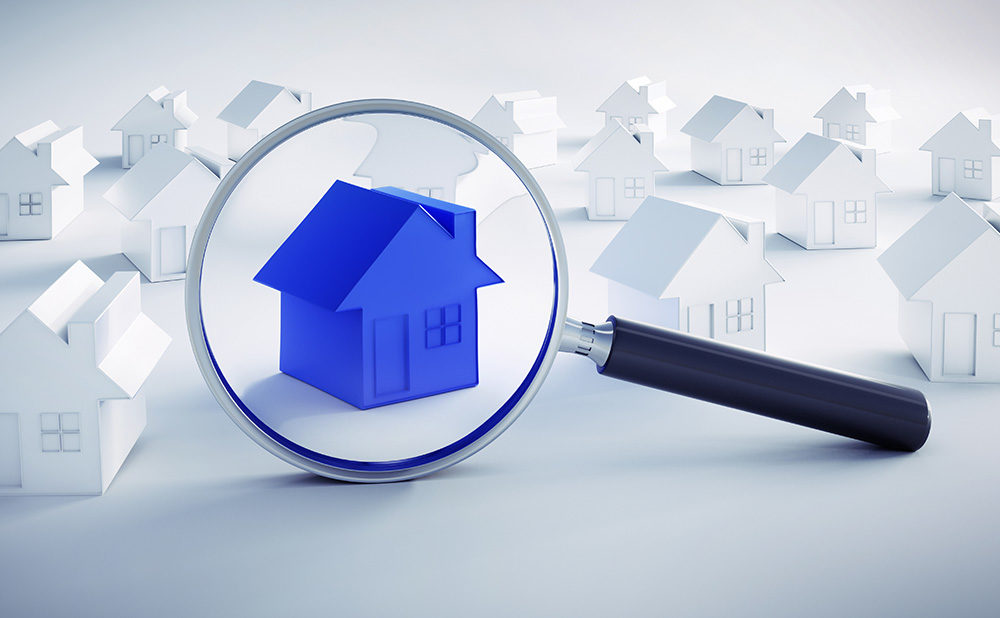
In 2022, mortgage rates began to climb after coming off historic lows during Covid. As they climbed, we all expected housing inventory to increase and prices to come down. We kept waiting and waiting, and finally, we realized that home prices weren’t coming down.
We kept seeing more multiple offers situations, even though rates continued to climb. So will prices drop in 2023? In the Midwest, the quick answer is no.
So why are Home Prices Going up Even Though Mortgage Rates are Climbing?
There are still more buyers than sellers in today’s market, and according to statista.com, the trend is likely to continue.
While larger markets have seen some pricing relief, the macro trend is up, and it’s primarily due to supply and demand. We will review the major factors behind the trend and when it may end.
Supply and Demand – The Number Breakdown
There were 1.6 million new housing starts in the U.S. for 2022 and 4.4 million new listings in the U.S. for 2022, so this is an approximate total of 6 million homes that could change hands. But unfortunately, there are more than 6 million buyers nationwide. This puts the power in the seller’s hands.
How Much Have Home Prices Increased?
According to Zillow, in 2017, the average major Midwest city had an average home price of $150,000-$170,000. In 2022, the average home price had gone up to $225,000-$250,000 — an increase of almost 50%. This type of appreciation is leading to higher loan amounts, increased mortgage payments, and tighter budgets on any new purchase. According to Zillow, the last year home prices dropped was in 2011. This was after the mortgage meltdown and great recession.
Inflation and the Increasing Cost of Building a New Home
The ever-increasing costs of building a new home are part of the macro forces at play. After finding the land, obtaining the plans, and finding the right builder, you’ve only just begun the process.
After planning, you will need to get the materials to the site, hopefully with no supply chain issues. Then, the labor to construct the framework and add the higher-level finishes. This process can often take over 6 months, which adds to the increasing costs.
With the cost of building homes the traditional way increasing, it’s unreasonable to expect those same methods to satisfy the growing demand.
Could There Be “Disruptive” Technology That Could Lower Prices?
There are a few new, less traditional ideas for building new homes out there:
3D printing. 3D printing is when a house is built, layer by layer. It is printed in the same fashion a printer prints a document by layering either concrete or plastics.
Stick-built homes usually take 6 months to construct. In contrast, 3D-printed homes with a straightforward layout can be completed in just one day!
While there are stories of homes being cheaply built, there is no large-scale initiative to bring this to market. There are no regulations or a process to get 3d printed buildings approved for residential use.
Manufactured or pre-fab housing. This is when all or part of a home is built in a factory and assembled on-site. This technique has been around for years, and improvements in quality have been made.
The quality versus savings has yet to be enough to move the market. There are also challenges in manufacturing the parts to be assembled and then getting them to the site. Even today, home loans for manufactured housing remain very difficult to obtain.
Shipping container housing. This is where a shipping container, normally used for the transportation of goods, is repurposed to be used for a home. The costs for these are very low.
However, while they have gained popularity in areas without building codes, it would not make sense in an urban or suburban area. There are unique construction needs to adapt the container to a home and meet standard building codes.
It does not appear that disruptive technologies can bring a significant amount of housing supply to the market soon. The infrastructure to obtain standard permits has not been developed. Further, mortgage lenders cannot provide financing.
When Will Home Prices Stop Going Up So Much?
There are approximately 85 million single-family homes in the U.S. And according to statista.com, there are approximately 50 million people in the U.S. over the age of 65, 80% of whom are homeowners. After married couples are considered, it amounts to about 25 million households owned by this age group.
The average life expectancy in the U.S. is approximately 75 years. It will not be until people 65 and older start passing on or selling more that we can expect the supply of homes to offset the demand.
Housing demand and limited supply are dictating home prices despite mortgage rates increasing. To have lower home prices, either supply must increase, or demand must decrease. From population statistics, we know that demand is not likely to decrease, and it is assumed that if no disruptive business models enter the market, the supply will not increase.
So, the rough answer is assuming no new building methods are coming to market – that we can expect home prices to stop increasing sometime in the next 10 years when a large portion of the 25 million (age 65+ owned) homes start hitting the market.
Market Updates By County – First Quarter 2023